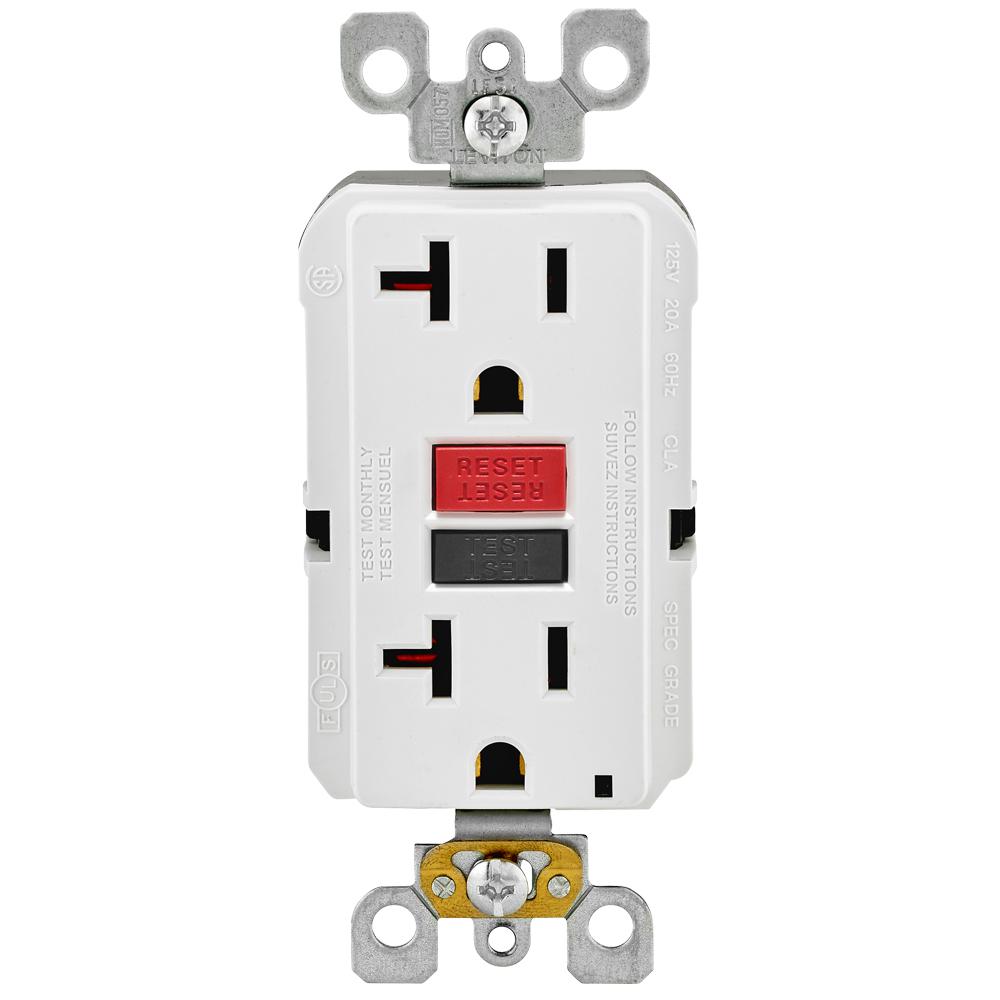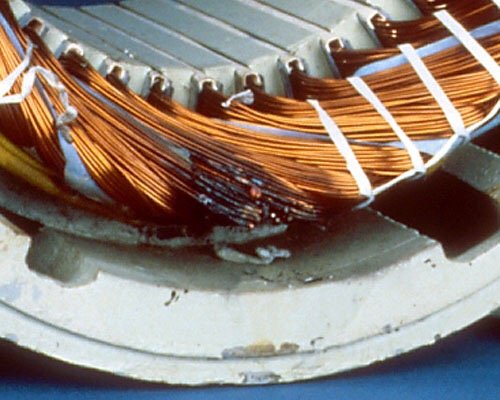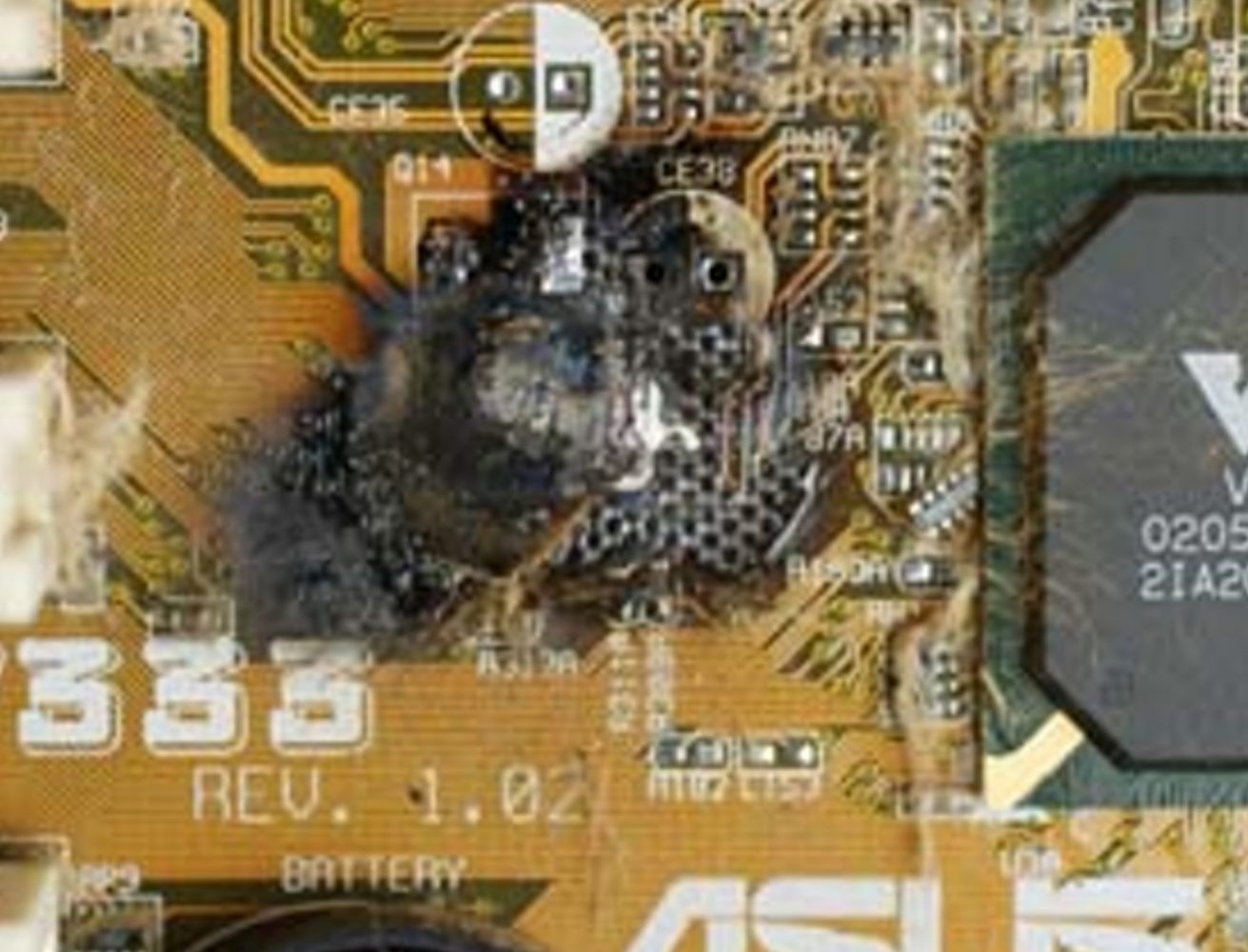Get Tech Tips
Subscribe to free tech tips.
Why is the Breaker Tripping?

Breakers are designed to trip anytime the circuit draws a current above the rating for a period of time. The time the breaker takes to trip is a function of how high the circuit amperage is compared to the breaker rating.
The higher the amperage above the rating, the faster the breaker will trip.
Breakers can accomplish that thermally by tripping on increased temperature. They can also do it inductively by tripping on the increased magnetic field when amperage increases.
Most residential circuit breakers are thermal, which means they are more prone to trip during high ambient temperature than during low ambient temperature. That's one factor that explains why you will receive more nuisance or intermittent breaker tripping calls on a hot summer day.
Many times, breakers get replaced just for doing their job and tripping when they should.
There are five common causes of breaker tripping: improper circuit design, overload, ground fault, leg-to-leg short, and breaker issues.
Inappropriate Circuit Design
Improper circuit design can result in an overload condition when the circuit ampacity (amperage capacity) or the circuit breaker size is not correctly matched to the load. That can happen because the load matching was wrong in the first place. In other cases, someone might have added additional load to the circuit later on.
For HVAC equipment, the conductor size should be matched to MCA (minimum circuit ampacity). The circuit breaker or fuse should be matched to the MOCP (maximum overcurrent protection).
If the conductor is smaller than the MCA rating, or the breaker is lower than the MOCP rating, it can result in a tripping breaker.
You will also see cases where more than one system will be connected to one circuit breaker. That's incorrect unless the systems have additional independent overcurrent protection.
These issues usually cause an intermittent trip, as it takes time under load to show up. But of course, that all depends on the severity of the problem.
Overload
An overload condition occurs when the loads draw more current or do more work than they are designed for. Common overload conditions would be a compressor locking up, motor bearings binding, blower belts too tight, or sheaves adjusted improperly. And overload generally occurs with inductive (magnetic) loads like motors. In several cases, the motor is either placed under a greater torque load than it's designed for or is beginning to fail mechanically.
Overload conditions often don't trip a breaker because the motor itself will usually have an overload that specifically protects the motor. That is why a locked compressor is much more likely to shut off on thermal overload than it is to trip a breaker, even though it will draw far higher amps than the breaker rating on startup. In these cases, the thermal overload is designed to respond quicker than the breaker.
If a breaker is tripping because of an overload condition, it will usually be after several seconds, minutes, or even hours of operation. It will not be instantaneous unless someone installed the wrong breaker or fuse and used an “instantaneous trip” instead of a typical “slow-blow” or slow-acting type. That would be quite rare.

Ground Fault
A ground fault is a short circuit (no load path) between an energized circuit and equipment ground.
A ground fault is the most common cause of instantaneous breaker tripping.
In most ground-fault situations, there will be very high amperage, very quickly resulting in a breaker that trips right away.
Common cases would include a shorted motor, such as a shorted compressor or a rubbed-out wire.
A combination of visual inspection, isolation, and ohm measurement to ground and megaohm/hi-pot tests or hot verification as needed is the best way to diagnose a short-to-ground (ground fault).
Ground faults can be extremely dangerous and cause injury or death. In many cases, local codes require the use of a ground fault circuit interrupter (GFCI) in rooms where ground faults are common.

You can learn more about GFCIs HERE.
Leg to Leg Short (Bucking Phases)
When you have two legs of power with different sine wave patterns, such as a 240V single-phase or three-phase power, you must prevent the legs from coming into contact except through a load.
If they do come in contact, there will be an enormous transfer of energy and a significant arc.
This can happen when two wires rub out, when switchgear becomes compromised, or within a motor.

Techs will often look for short circuits from “leg to leg” or “winding to winding” in a compressor or a motor without first measuring to ground.
This is not a good idea.
Even when a motor does short “winding to winding,” it is rare that it just stays shorted. Usually, it will ALSO be shorted to ground, or it will be open after the arc flash that resulted from the short.

Think of a circuit board. Circuit boards short out all the time. The result is a big black spot on the board, and nothing works anymore (open). It rarely results in a continued short circuit because the arc from the short blew the connection apart.
I encourage caution because I have seen many junior techs condemn good compressors due to a “leg-to-leg” short—just because the ohm reading between Run and Common appeared low.
The only way to know if a single-phase compressor is shorted “leg to leg” with an ohmmeter is to know what the windings should read in the first place.
On a three-phase motor, all three legs should read the same ohms leg to leg, making it considerably easier.
When you do encounter leg-to-leg (only) short circuits, it is more often on fan motors than on compressors.
Breaker Issues
Because most breakers trip due to heat, anything that causes the breaker to get hotter than normal can result in tripping.
That can be due to a poor connection inside the breaker itself, but it's often due to a poor wire connection on the breaker or a poor connection between the breaker and the bus bar.
Usually, these types of breaker issues are caused by installation problems such as a loose connection, wrong breaker type, failure to use anti-oxidation paste on aluminum-to-copper connections, excessive tripping, or using the breaker as a switch.
Here are some tips for diagnosing a tripping breaker:
Tripping instantly
- Perform a visual inspection of all wires and connections. Look for signs of rub-out, damage, and arcing.
- Isolate components and ohm to ground.
- If you cannot locate the issue with an ohmmeter, use a megohmmeter to ground (with caution, especially on scroll compressors).
- Finally, once you believe you have identified the cause, fully disconnect the shorted component and power the unit back up. Make sure everything else functions.
Tripping intermittently or after more than 3 seconds
- Visually inspect all electrical connections and ensure they are clean and tight.
- Inspect the breaker and bus bar connections.
- Check breaker and wiring size.
- Measure running voltage and ensure it is within +/- 10% rating.
- Measure voltage drop during startup (less than 15%), between the power source, and right at the unit (less than 5% overall).
- Measure component amperages while starting and running, and compare to manufacturer specs.
- Measure motor and compressor temperatures, and watch for temperature increase over time. Infrared and thermal imaging can assist with this.
- Watch for anything that can cause overload, such as failing bearings, belts too tight, or sheaves adjusted for too much RPM.
- Measure current right at the breaker; if it remains below the breaker rating and the breaker STILL TRIPS, then replace the breaker.

I also learned recently that AFCI (arc fault) breakers generate heat internally, which means that you will see a hot spot on them with a thermal imaging camera or IR thermometer.
Don't replace a breaker unless you know it's failed, and don't condemn a part as being shorted unless you can isolate it out of the circuit and every other component still functions (as possible). Bert showed his troubleshooting process for a breaker that was tripping intermittently in a recent video. You can watch him in action HERE.
—Bryan












Comments
Thank you for this Boss..this help me through my everyday works..well a means of reminders..
I will file this.
Thank You Again.
Joselito C. Obillo
Thank you for this Boss..this help me through my everyday works..well a means of reminders..
I will file this.
Thank You Again.
Joselito C. Obillo
I love this stuff.
Keep it coming.
I love this stuff.
Keep it coming.
To leave a comment, you need to log in.
Log In